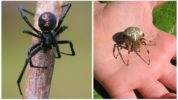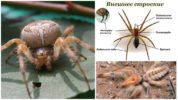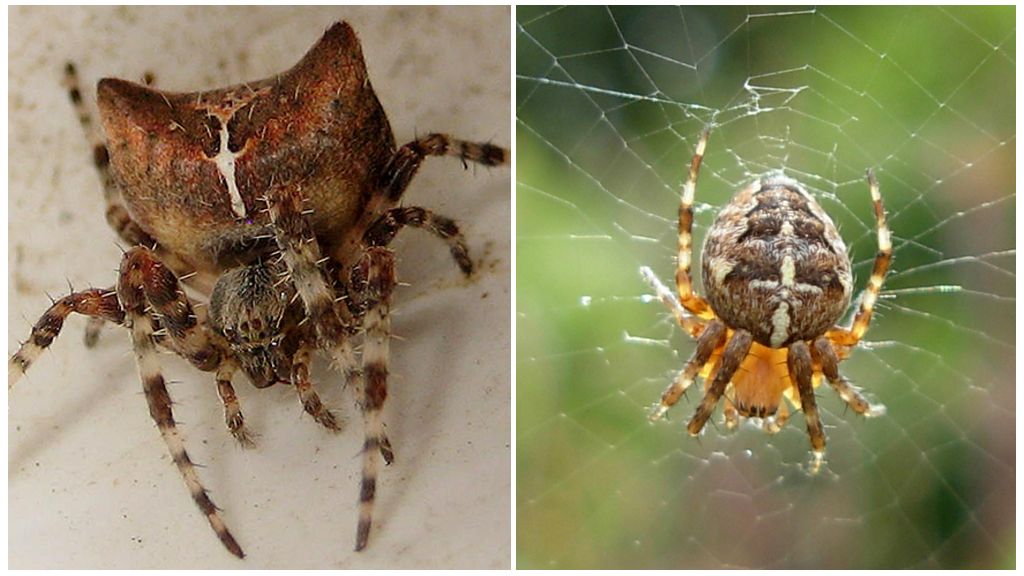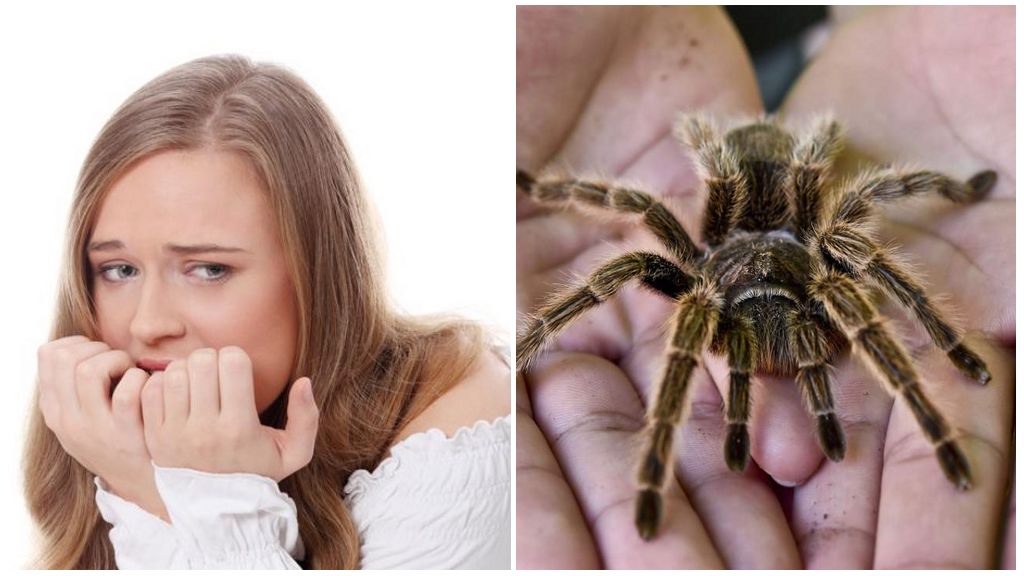- Spider legs
- Spider legs
How many legs a spider has, the answer is always unequivocal - 8. Attach to the cephalothorax, consist of segments, have a complex structure. The limbs end with a paw, with the help of which they hold on the surface. In some species of spiders, chelicera are highly developed, which are practically inferior in length to the forelimbs and perform almost the same functions. Outwardly, it looks like an animal has 10 limbs.
How many paws does a spider have?
In the world there are 42 thousand species of arachnidsliving on different continents of the globe. They differ in size, lifestyle, appearance. You can always answer with accuracy that the legs of the spider are 8. Four on each side of the cephalothorax. All legs are walking, as they help the arthropod to move.
Foot structure:
- pelvic joint;
- trochanter;
- femoral part;
- knee part;
- shin;
- calcaneal joint;
- foot.
The last part often ends with a claw, is armed with spikes or has the appearance of claws. The longest of all pairs of legs is the front, the hind - fourth. The second is the shortest, the third are of medium length. The size of walking legs is on average 2 cm, the longest legs are 15 cm, according to some sources - 35 cm.
Interesting!
The greatest length of walking legs in spiders goliath, the hunter reaches 15 cm. In second place is a giant baboon spider, Brazilian wandering - 9 cm. tegenaria the length of the legs of the spider reaches 7 cm, of the nephil - 5 cm.
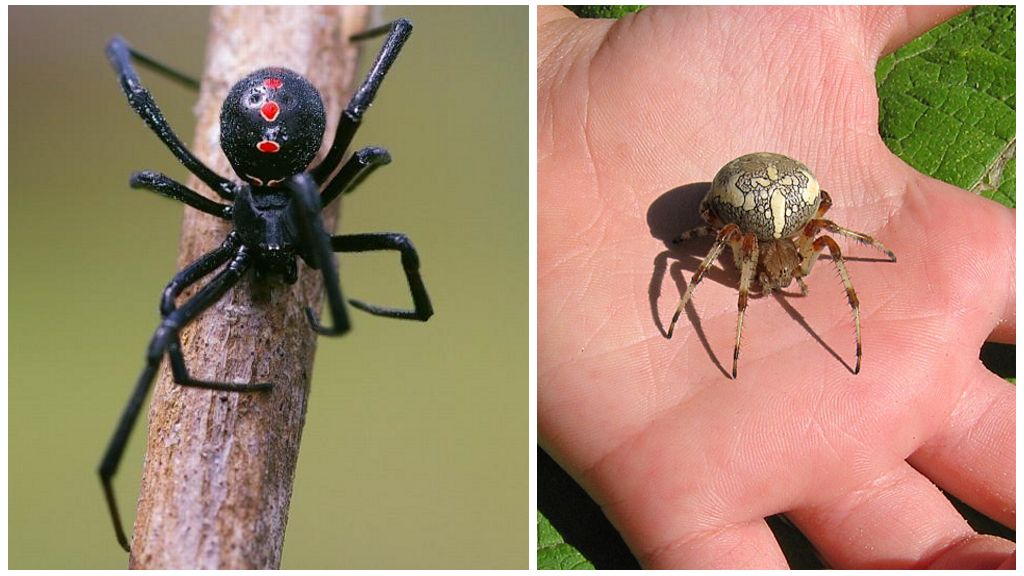
Limb function
Regardless of the species, the legs of the spider perform identical functions. The most important of them is walking, it allows the animal to move. The length, structure may vary slightly, so the speed and method of movement changes. Spiders crawl slowly, run fast, walk sideways, jump long distances in length.
8 pairs of legs are covered with villi, which perform the functions of the organs of smell, touch. It is the limbs that help the animal navigate in space, hear smells, sounds. Being in an unknown location, the spider gently paws in front of itself with its paws, and only then it begins active movement.
The functions of the forelimbs in a spider are very diverse. The predator captures with them, holds the prey, digs the earth for the construction of holes, weaves a web, forms a cocoon, plants cubs on his back, and then drops them over a long distance.
Chelicera and pedipalps
In some species of spiders, long chelicera form on the front of the cephalothorax, which are only slightly inferior to the forelimbs. They are often confused with legs, claiming that the spider has paws 10. The situation is similar with pedipalps. Functions chelicera, pedipalps - chew, grind, knead food. The first are located in front of the oral cavity, resemble claws, in rare cases, end with a claw. Pedipalps are moving tentacles by which a spider kneads food. Photos of animals with the most developed chelicera, pedipalps are located below.

Why spider 8 legs
For everyday life, all functions of the arachnid are enough for 6 limbs, as is the case with insects. The eighth pair is reserve, in case the legs are torn off and injured in the battle with the enemy. In the wild, a lot of spiders do not live with full 8 paws, but 7, 6, 5. When such specimens are found, doubts sneak up on a person whether the experts correctly calculated.
On a note!
Lost limbs do not grow back, but with 6 legs the arthropod continues to live a full life - to hunt, fight enemies, multiply, weave a web.
